Top 10 Game-Changing Trends in Construction for the Next Four Years
Discover the top 10 construction industry trends from 2024 to 2027, including the rise of BIM technology, modular construction, smart cities, and green building. Stay ahead in the evolving construction landscape with these insights
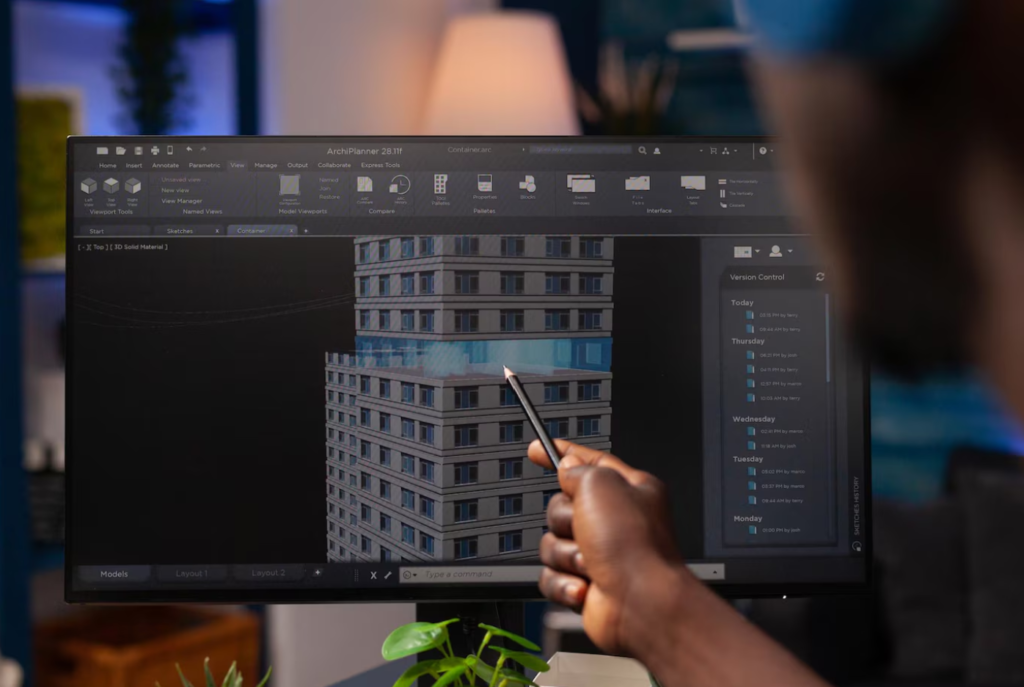
1. Rapid Growth in the Virtual Construction Market
The adoption of virtual design and visualization technologies is revolutionizing the construction industry. Virtual Design and Construction (VDC) and Building Information Modeling (BIM) enable detailed digital representations of projects before physical construction begins. This approach minimizes costly reworks and errors, which traditionally account for nearly 30% of industry expenses. The BIM market, valued at $8.06 billion in 2023, is projected to reach $9.43 billion in 2024, with North America leading the charge.
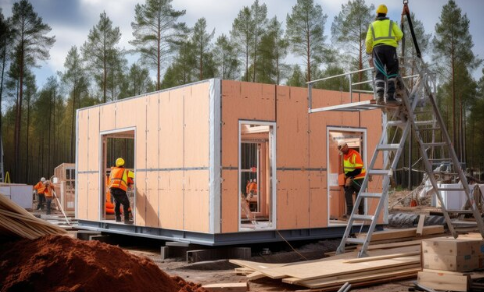
2. Rise of Prefabrication and Modular Construction
Prefabrication and modular construction methods are gaining traction, allowing significant portions of buildings to be assembled off-site. This approach reduces waste, shortens construction timelines, and lowers costs. The global modular construction market, worth $91 billion in 2022, is expected to grow to $120.4 billion by 2027. Healthcare facilities, hotels, motels, and multifamily residential structures are particularly benefiting from these methods.
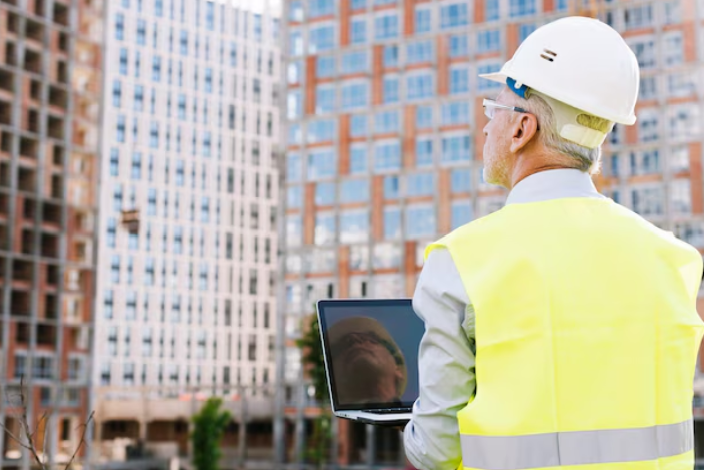
3. Emergence of Smart Cities
Smart cities, integrated with Internet of Things (IoT) technology, are reshaping urban development. Global smart city spending is predicted to grow from $124 billion in 2020 to $203 billion in 2024. These cities utilize data to optimize infrastructure efficiency, requiring construction companies to incorporate IoT technology into their projects.
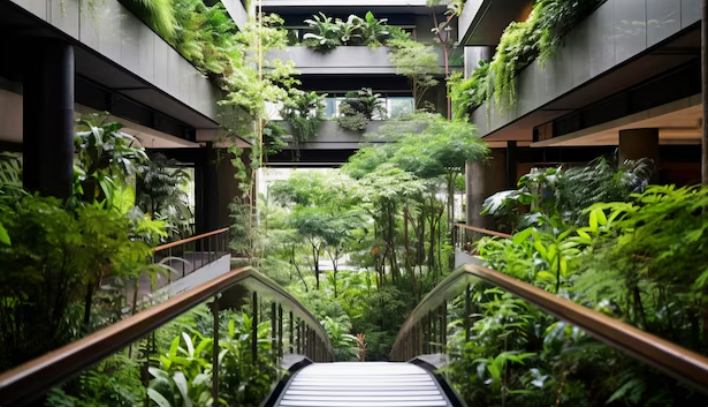
4. Emphasis on Green Building
Environmental sustainability is becoming a cornerstone of modern construction practices. Green building involves creating structures using eco-friendly materials and methods. By 2024, nearly half of all construction projects are expected to be green. Energy efficiency, a key component of green building, is being prioritized, with 96% of green home builders implementing such practices.

5. Mainstream Adoption of Living Building Materials
Living building materials, such as biocement, are set to revolutionize construction by reducing carbon emissions. Cement production alone accounts for 8% of global CO2 emissions. Innovations like biocement, which absorbs CO2 during production, offer a sustainable alternative. Companies like BioMason are leading the way in developing these environmentally friendly materials.
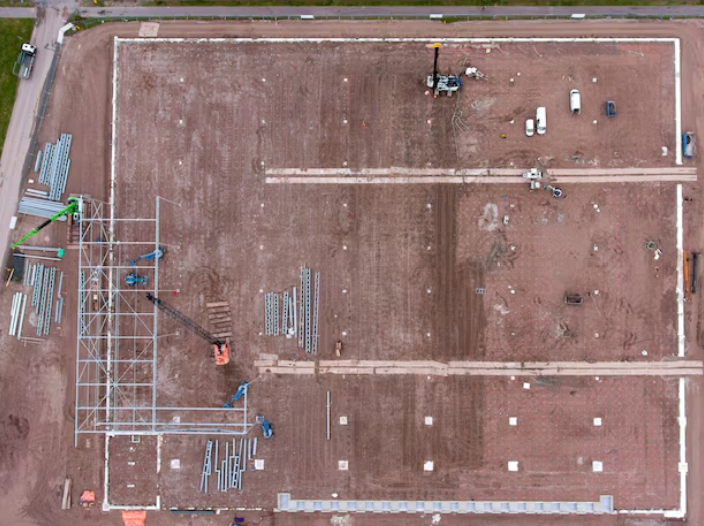
6. Increased Use of Drone Technology
Drones are becoming indispensable in construction, offering significant cost savings and enhancing safety. They improve measurement accuracy, reduce waste, and lower the risk of on-site accidents. By providing aerial surveys and inspections, drones help maintain high safety standards and efficient project management.

7. Enhanced Safety through Technology
Advancements in safety equipment are addressing the rising concerns over construction site injuries. Innovative safety helmets with impact-reducing features and wearables that monitor health metrics are becoming standard. These technologies help prevent injuries and ensure timely medical interventions, thereby enhancing overall site safety.

8. Addressing the Labor Shortage
The construction industry faces a severe labor shortage, with nearly 500,000 jobs unfilled as of April 2022. This shortage impacts project timelines and costs. Strategies to mitigate this include higher salaries, early recruitment programs, and a focus on diversity. Enrollment in construction trade courses is also on the rise, offering a glimmer of hope.
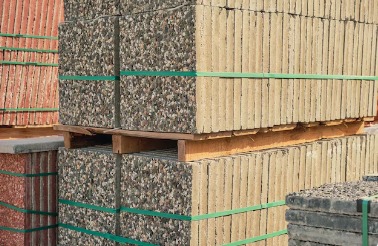
9. Rising Material Costs and Shortages
Material shortages and soaring costs are major challenges for construction firms. Prices for materials like steel and aluminum have increased significantly, putting pressure on project budgets. Despite these challenges, firms are adapting by finding alternative materials and negotiating better deals with suppliers.
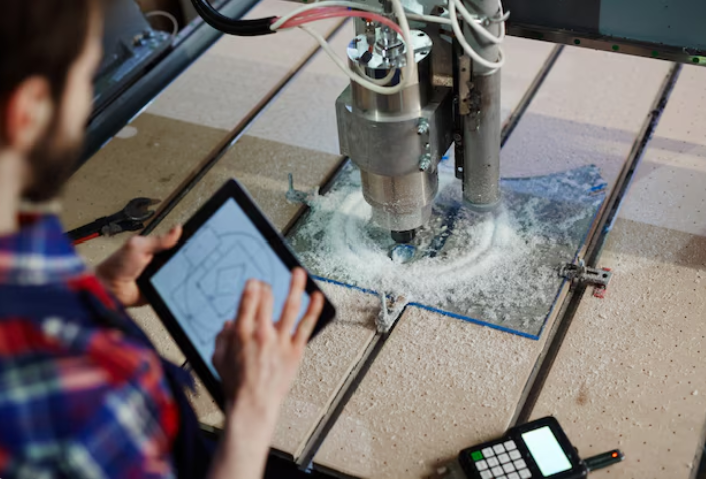
10. Growth of 3D Printing
3D printing in construction is growing rapidly, offering time and cost savings. This technology enables the creation of building components off-site, reducing the need for extensive labor and cutting down construction times. Companies like ICON and Mighty Buildings are at the forefront, showcasing the potential of 3D-printed homes.
At JGM NY Construction, we are committed to leveraging the latest trends to deliver superior results for our clients. Whether you’re looking to embark on a new project, upgrade existing structures, or explore sustainable building options, our team is ready to guide you through every step of the process.
Contact us today to learn how JGM NY Construction can help you navigate the future of construction with cutting-edge solutions and unparalleled expertise. Let’s build the future together!